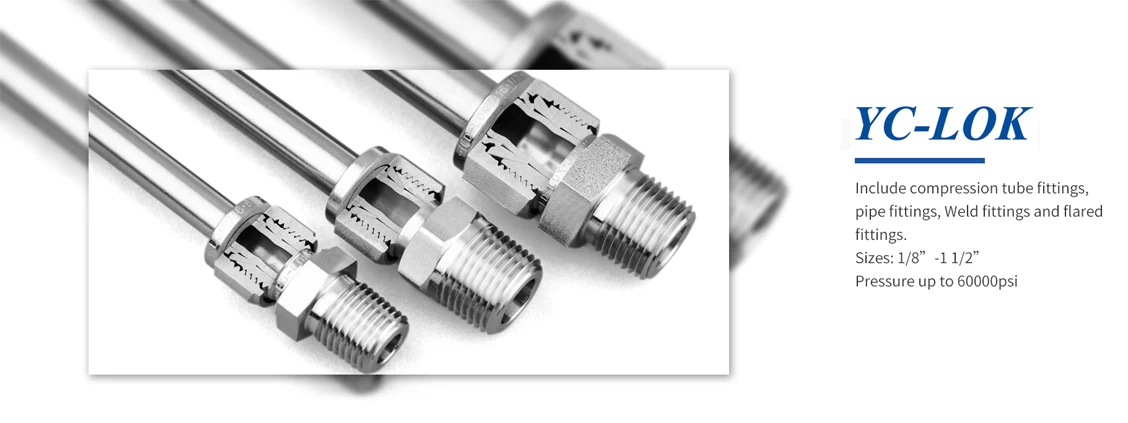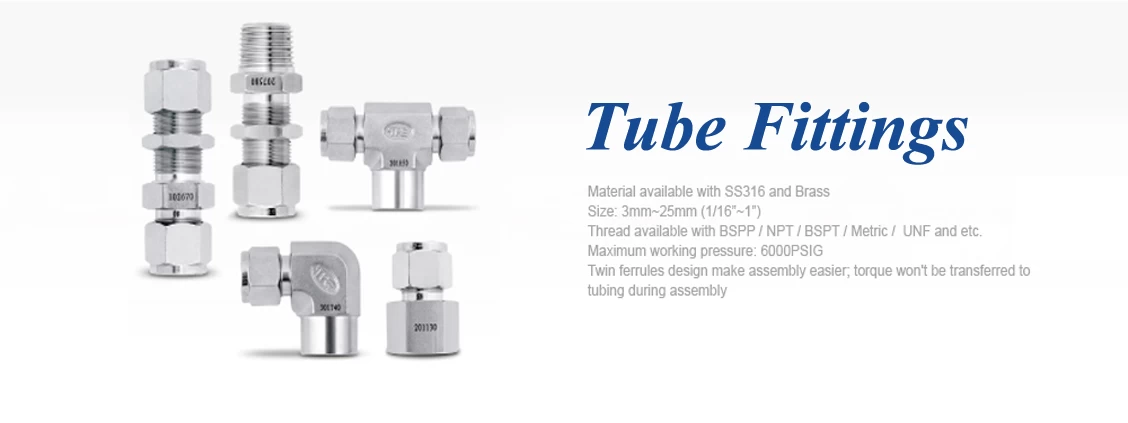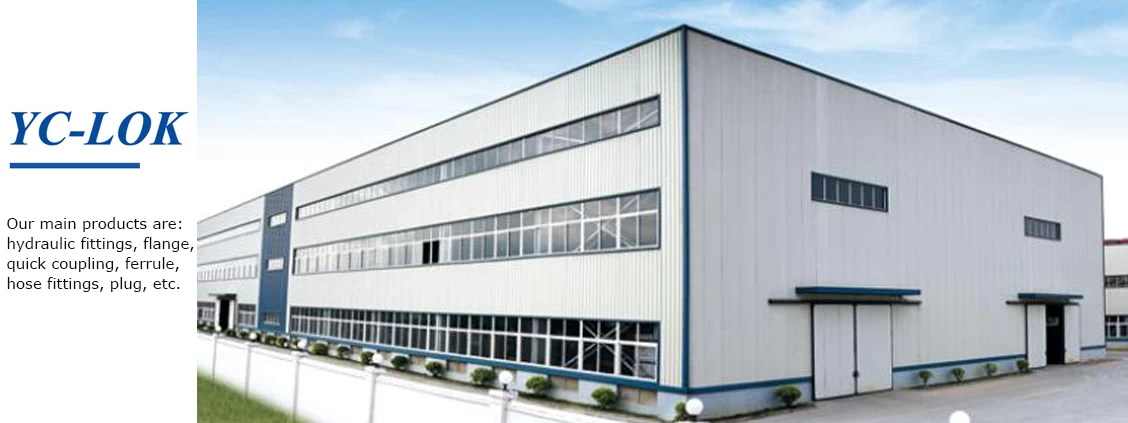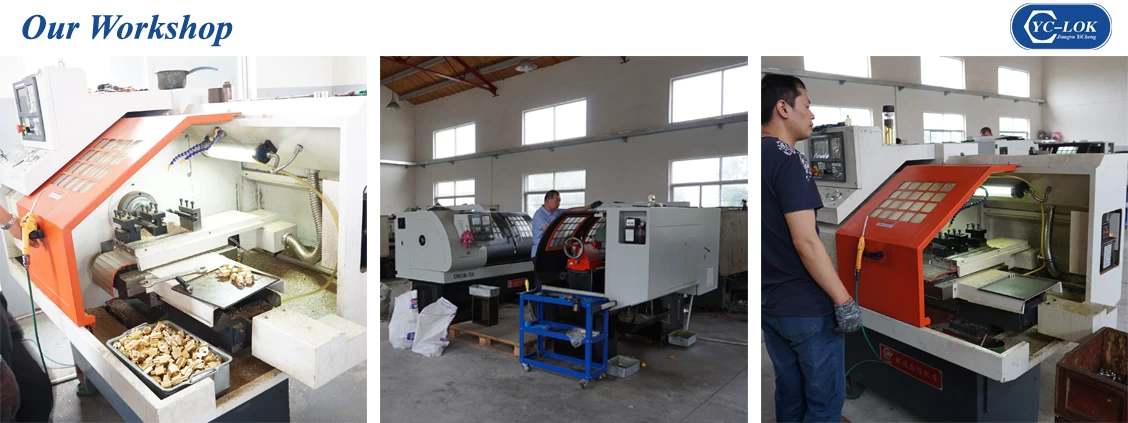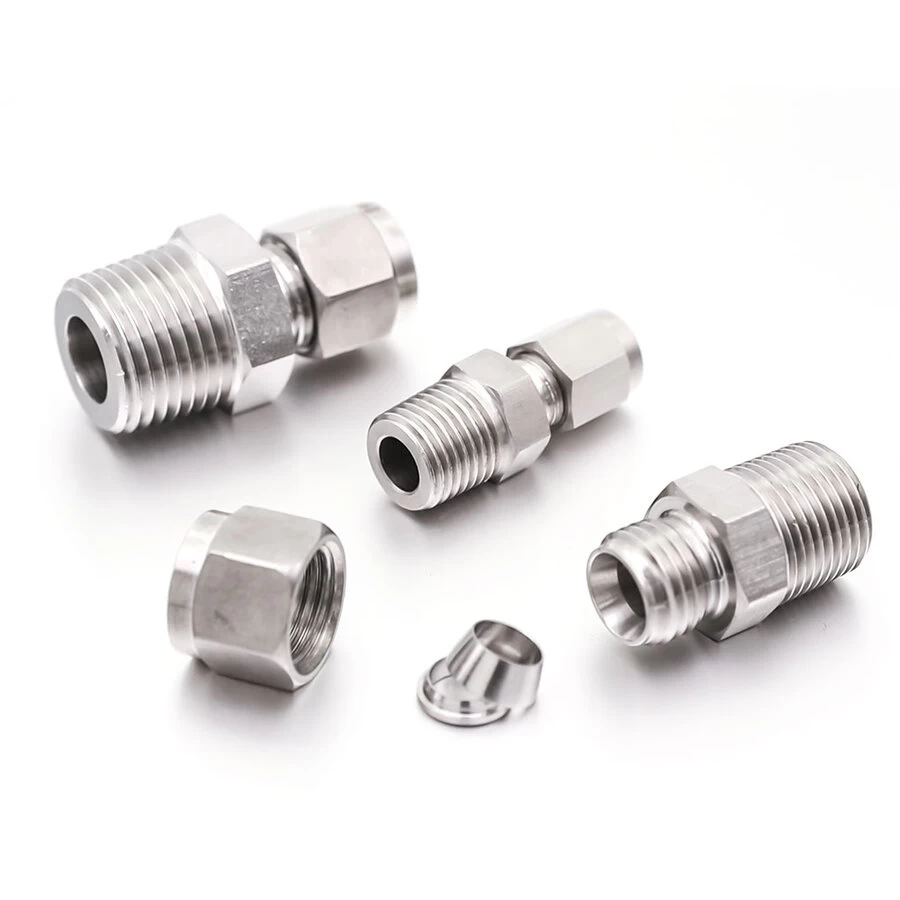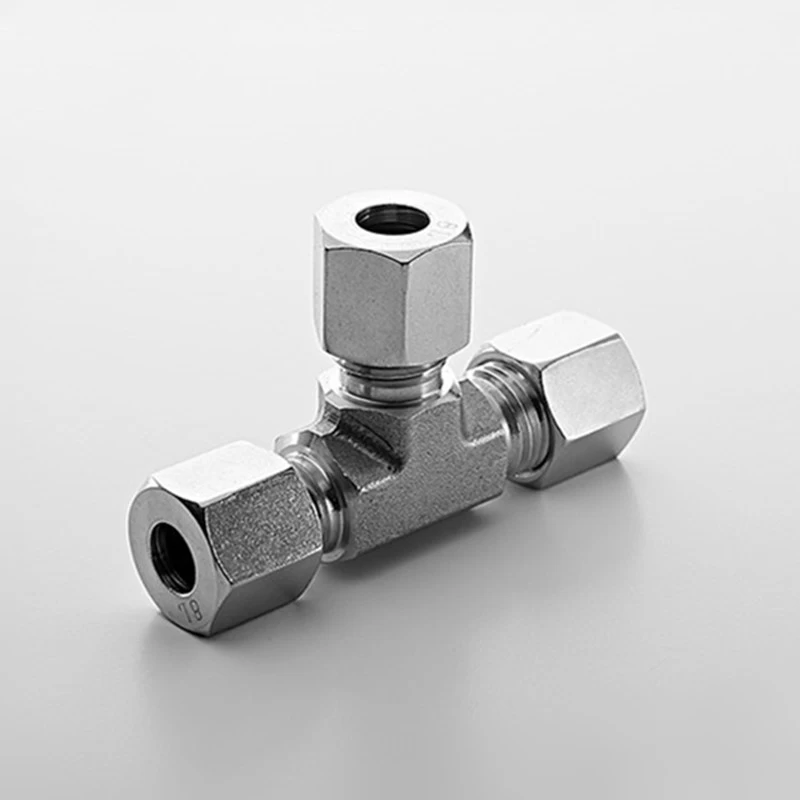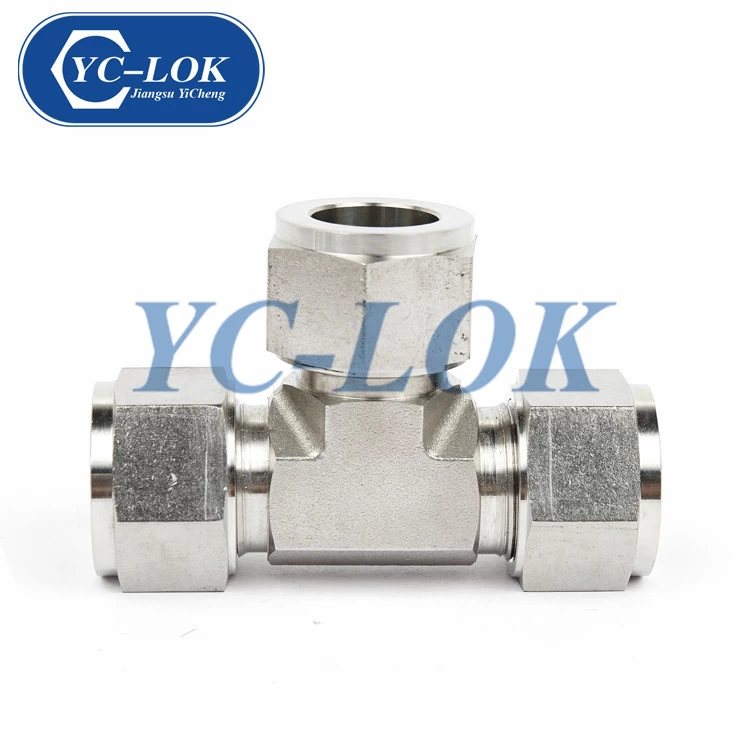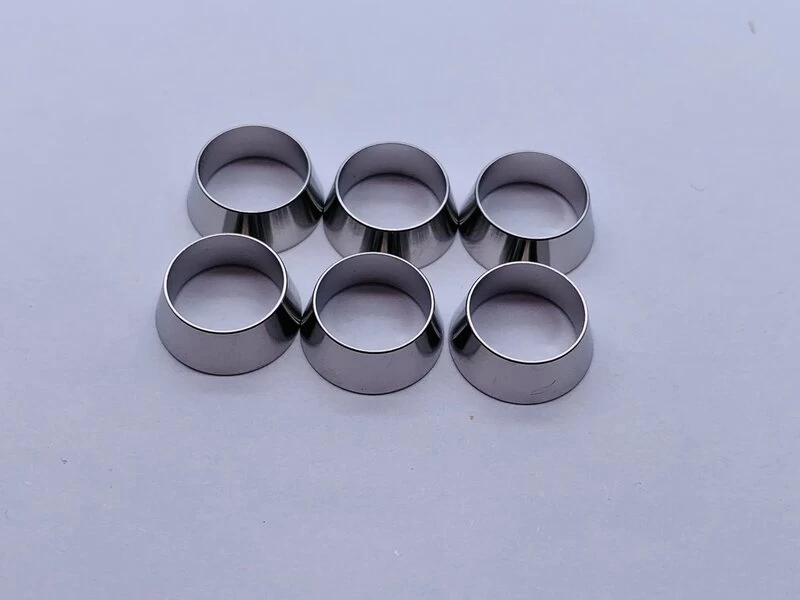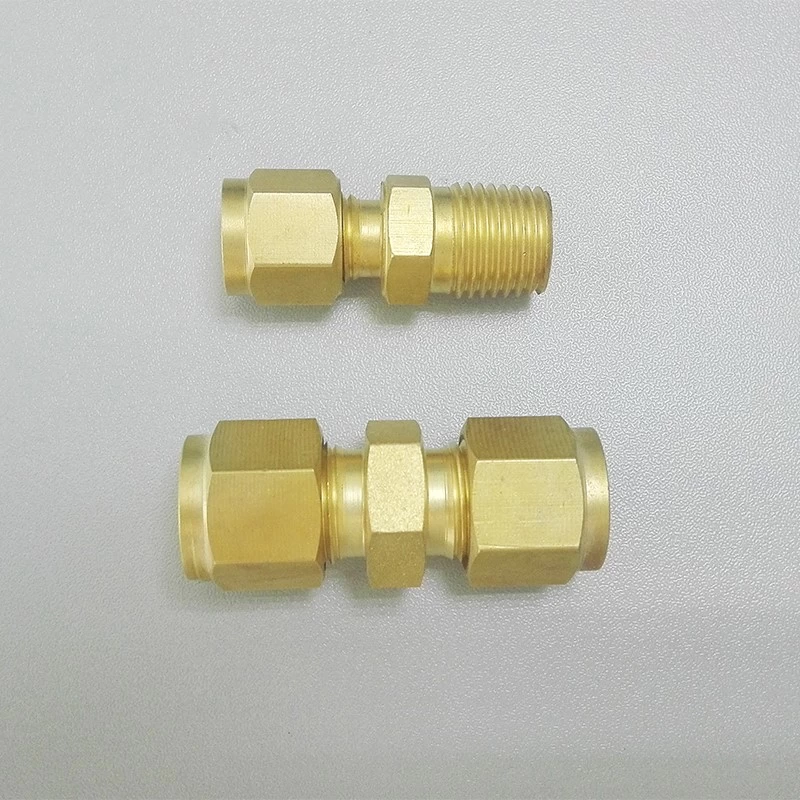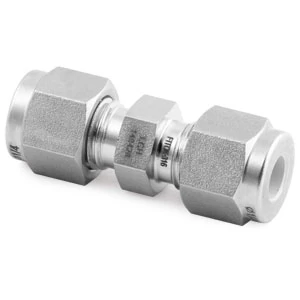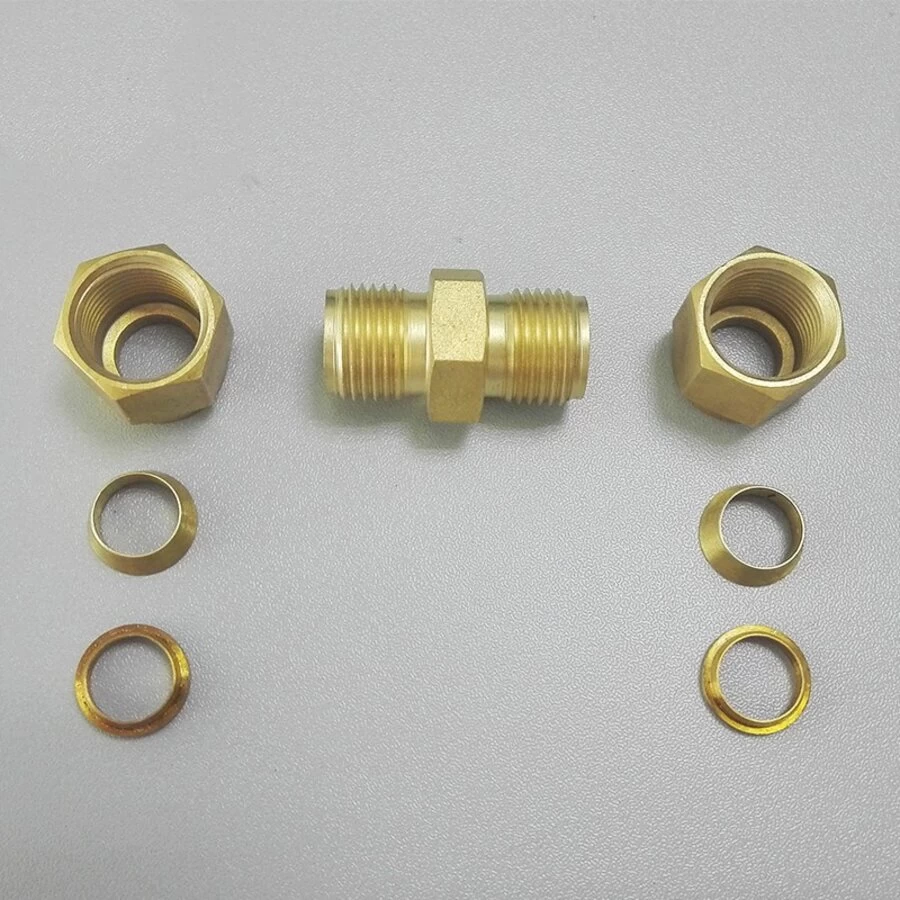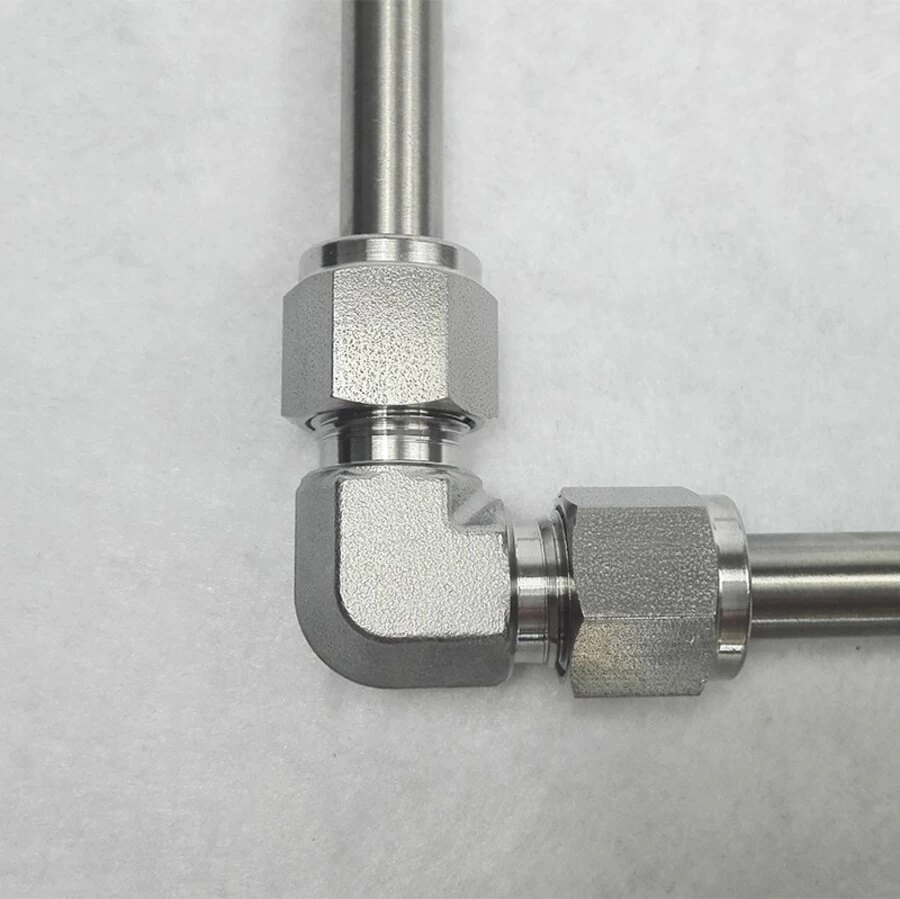Introduction to the application of pipe joints
Introduction to the application of pipe joints
The pipe joint is a connecting tool between the pipe and the pipe, and is a connection point between the component and the pipe. It plays an indispensable role in the pipe fitting and is one of the two main components of the hydraulic pipe. The pipe joint is used for straight connection of instruments, etc., and the connection form is socket welding or screw connection.
Mainly used for small-diameter low-pressure pipelines, for parts that need to be installed and removed frequently, or as a final adjustment for the use of threaded pipe runs. Related products are available in quick and easy, and the structural form should adopt metal surface contact sealing structure. The structural form of gasket sealing is usually used to transport water, oil, air and other general pipelines, and is made of malleable cast iron material. In addition, the use requirements and prices are also factors to consider when choosing.
There are many types of pipe joints, and commonly used pipe joints can be generally divided into two types: hard pipe joints and hose joints. If the pipe joint and the pipe are connected according to the way, the pipe joint has three types of flared, ferrule and welded, and the hose joint is mainly a crimped hose joint.
The connection of pipes and fittings in the hydraulic system is also different, and the connecting screw is used for the screwing end of the pipe. The taper thread is tightened by its own vertebral body and sealed with a material such as PTFE. It is mainly used in medium and low pressure hydraulic systems.
The fine thread has a very good sealing effect and is often used in high pressure systems, but it requires the use of a combination washer or O-ring for the closing of the end face, sometimes using a copper washer, which is more suitable for connecting the pipe wall. In thick pipes, the components mainly include joint bodies, joints and nuts. In use, the joint body is embedded in the target, and the end face is sealed together with the gasket mentioned above, and the joint body and the joint are sealed with rubber, and sometimes the spherical seal is used.
Since the pipe joint is a detachable connecting component, it must meet the requirements of convenient connection and disassembly, in addition to the requirements of normal connection stability, strong sealing, reasonable size, low pressure loss, and good process performance. . Therefore, do not underestimate the small pipe joints, because only its existence can support the existence of the entire hydraulic system.

